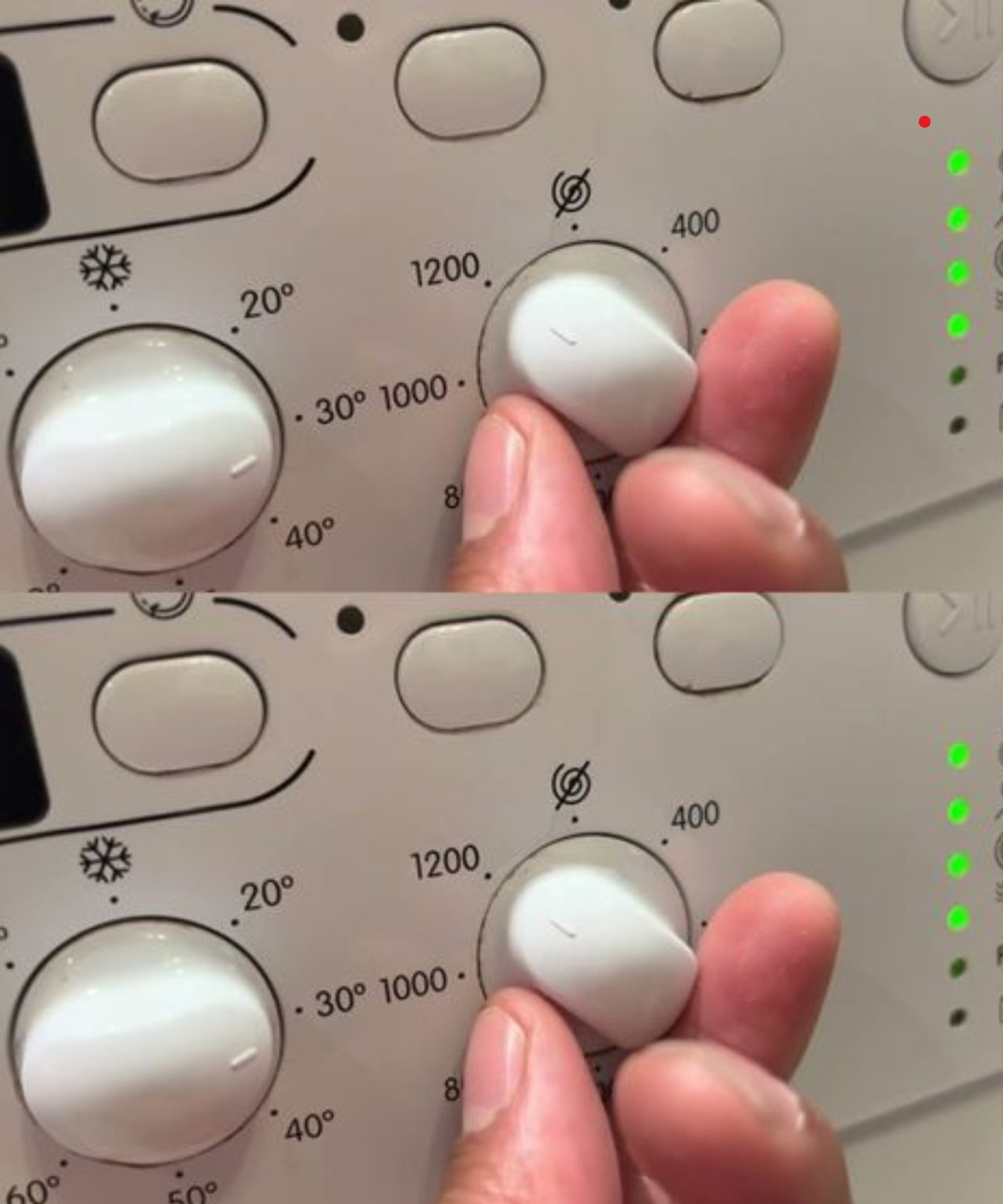ADVERTISEMENT
Over time, this can lead to lower utility bills and a smaller carbon footprint. In fact, washing clothes in cold water can cut your energy usage for laundry by up to 60%, which is a win for both your wallet and the environment. Plus, most modern washing machines are designed to perform optimally with cold or cool water, so you won’t sacrifice cleaning performance by using lower temperatures.
### 5. **Avoid Shrinkage and Warping with Cooler Water**
Washing clothes at higher temperatures can cause natural fibers like cotton and wool to shrink, while synthetic fabrics like polyester may warp or lose their shape. For example, washing your favorite cotton sweater or wool scarf at 40°C could cause it to shrink by several sizes, making it uncomfortable or unusable.
Using cooler water helps maintain the integrity of your clothes. Cold water washing ensures that your clothes retain their shape, color, and texture while preventing shrinkage and fabric damage.
### 6. **Detergents Work Better at Lower Temperatures**
Many people are unaware that modern laundry detergents are specially formulated to work effectively in colder water. The enzymes in these detergents are designed to break down stains and dirt even in cold or cool water, meaning you can get a deep clean without the need for hot water. In fact, washing clothes at lower temperatures helps preserve the enzymes in detergent, allowing them to work at their optimal level.
Additionally, cold water helps to prevent soap scum and detergent residue buildup, which can occur when washing at higher temperatures. By using cold or cool water, you ensure that your detergent dissolves properly and your washing machine stays cleaner.
### 7. **Certain Fabrics and Items Require Cold Water Washing**
Some fabrics and clothing items simply don’t fare well in hot water. For example, clothes made from delicate fabrics like silk, lace, or satin should always be washed in cold water to avoid damage. Similarly, clothes with elastic bands or delicate embellishments, like sequins or beads, are better off being washed in cold water to preserve their shape and integrity.
Additionally, items like swimwear, sports jerseys, and activewear are typically made from synthetic fabrics, which can lose their elasticity and durability when exposed to hot water. Washing these items in cold water helps maintain their performance and longevity.
### 8. **The Case for 60°C and Higher**
While 40°C may be too low for certain tasks, higher temperatures like 60°C (140°F) can be beneficial for specific situations. For example, when washing heavily soiled items such as bedding, towels, or clothing worn by someone sick, a higher temperature can kill bacteria, viruses, and fungi more effectively than lower temperatures.
However, keep in mind that washing at 60°C is best for more durable fabrics like cotton or linen. Delicate fabrics and everyday clothing should still be washed in cooler water to prevent damage.
### Conclusion
While washing clothes at 40°C may seem like a safe and convenient middle ground, it’s often not the most effective or efficient temperature for maintaining clean clothes and prolonging their lifespan. Washing at cooler temperatures—such as 30°C—can achieve the same, if not better, results while being gentler on your clothes, your washing machine, and the planet. So, next time you’re doing laundry, consider turning down the heat and opting for cold or cool water to keep your clothes fresh, vibrant, and energy-efficient. Your clothes, your wallet, and the environment will thank you!
